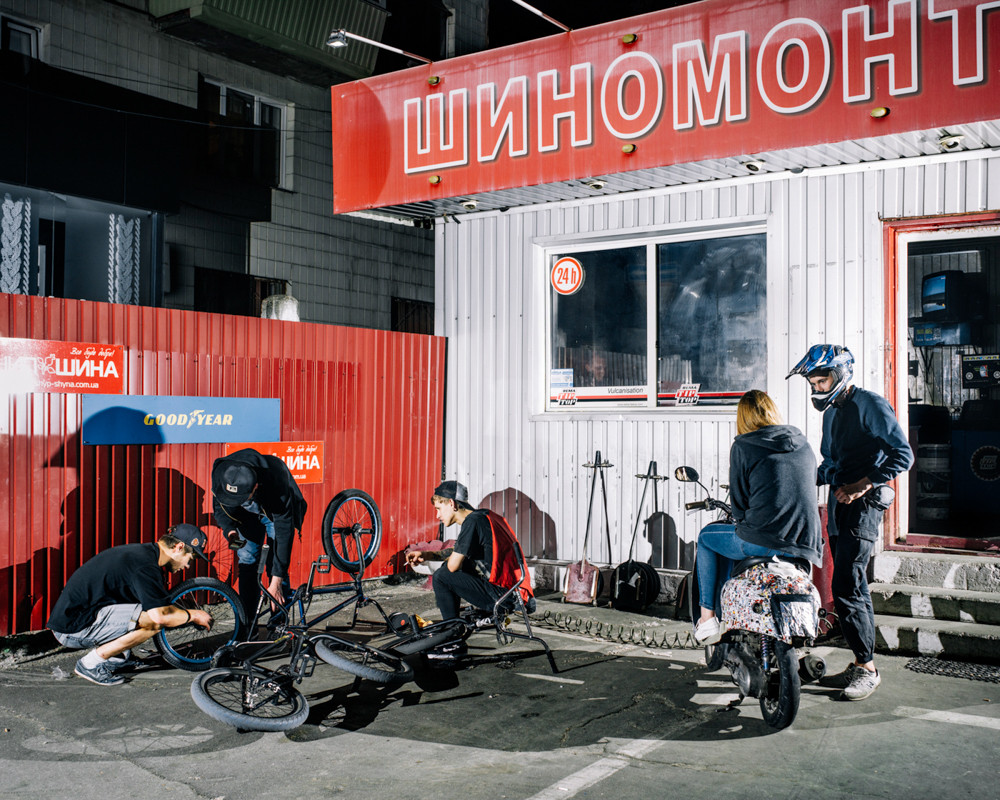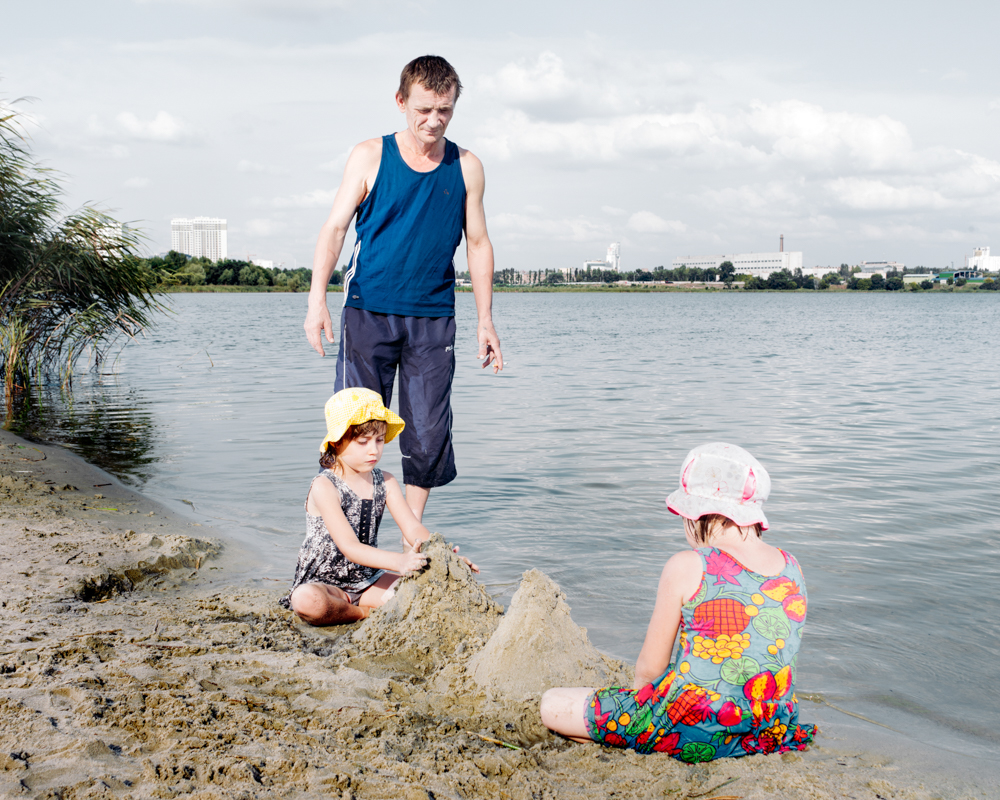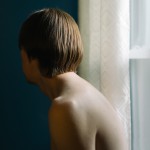CENTER’s Project Development Winner: David Denil
David Denil from Vlaanderen, Belgium, received CENTER’s Project Development Grant for his project, Let Us Not Fall Asleep While Walking, about observation and hidden meanings. The work was selected by Paul Moakley, Deputy Director of Photography and Visual Enterprise, TIME and his juror statement follows.
The Project Development Grant offers financial support to fine art, documentary, or photojournalist works-in-progress. The grant includes a cash award to help complete a project as well as platforms for feedback and professional development opportunities for the work’s final stages. This grant is awarded to projects that are still in progress and have not been exhibited or published. It requires signing of a contract to participate in an exhibition during Review Santa Fe.
Paul Moakley has been the deputy photo editor of TIME since 2010. He covers national news and special projects such as Person of the Year, TIME 100 and the LightBox photo blog. Previously he was senior photo editor at Newsweek and photo editor of PDN (Photo District News). Moakley is an adjunct professor at the School of Visual Arts in New York City, as well as a photographer and filmmaker.
In judging this year’s PROJECT DEVELOPMENT GRANT I was inspired by the diverse range of practices and concerns within all the entries. In the artists statements I found so many sincere voices on some of the most vital issues of our time along with bold conceptual ideas that enlivened the discourse and attempted to push the bounds of traditional documentary practice.
As an editor, photographer and curator I understand how any support such as commission, award or grant can change the course of a photographer’s career. In the judging process I responded immediately to the projects that had the most unique perspective on vital social issues but conceptualized them in a way that challenged my expectations on a subject. I’m inspired by work that puts no boundaries between art and documentary practice. We produce more images than ever and in many ways I find that inspiring but at this moment I’m interested in work that makes a photograph feel essential and how a photographer uses the medium in a way that feels informed by it history and attempts to be experimental.
Although so many projects entered for consideration are deserving of support I had to make one personal and completely subjective choice that feels unfair. In reality many photographers here deserve the prise and I wish everyone the best in continuing their projects and finding the support that’s vital to make work that’s lasting. Thank you to everyone who entered.
In 2014 David Denil’s photographical interest started by seeing Jacob Riis’s ‘How the Other Half Lives’. Fascinated by the excessive presence of light, the striking compositions encapsulating daily life and the strategical use of the medium challenged David to explore contemporary subject matter.
Mentored by the Magnum photographer Carl De Keyzer, David Denil started to capture the psychological dimentions of Ukraine as a collision of past, present and future. Seen to him as a project of practice he chose to not show the war in the east as we know, but to focus on the aspects of life presented to him in Kiev. His work functions as a complex juxtaposition with the journalistic aproach and tends to reveal universal questions that go beyond actual fact or context.
Together with Swiss artist Melina Wilson and British Ukrainian researcher and cultural manager Myroslava Hartmond, he is working on the graphical layout and textual content of the book. Approximately 150 images will be embedded within found footage, texts and subject related archive materials. Early 2018 the book will be introduced combination with a first exhibition in Kiev.
Let Us Not Fall Asleep While Walking
I see my work merely as a collection of short impulses to subject matter. My main goal is to produce durable work where collisions with past and future are implied as autonomous realities questioning our daily motivations. Parallel to that is the question of the real less important then the questions visual representations can arouse. It is the mode of the construction itself that reveals the potential of hidden meaning. The act of observation provides its final outcome.
Posts on Lenscratch may not be reproduced without the permission of the Lenscratch staff and the photographer.
Recommended
-
Yorgos Efthymiadis: The James and Audrey Foster Prize 2025 WinnerJanuary 2nd, 2026
-
Arnold Newman Prize: C. Rose Smith: Scenes of Self: Redressing PatriarchyNovember 24th, 2025
-
Celebrating 20 Years of Critical Mass: Cathy Cone (2023) and Takeisha Jefferson (2024)October 1st, 2025
-
Celebrating 20 Years of Critical Mass: George Nobechi (2021) and Ingrid Weyland (2022)September 30th, 2025
-
Celebrating 20 Years of Critical Mass: Amy Friend (2019) and Andrew Feiler (2020)September 29th, 2025



































































